Playing 501 darts can be a thrilling and engaging game, but prioritizing safety is paramount to ensure everyone enjoys themselves without incident. This article provides **basic safety tips when playing 501 darts**, covering everything from dartboard setup to responsible gameplay. We’ll explore essential precautions, proper techniques, and best practices to create a safe and enjoyable darting experience for players of all skill levels.
⚠️ Still Using Pen & Paper (or a Chalkboard)?! ⚠️
Step into the future! The Dart Counter App handles all the scoring, suggests checkouts, and tracks your stats automatically. It's easier than you think!
Try the Smart Dart Counter App FREE!Ready for an upgrade? Click above!
Creating a Safe Environment: **Basic Safety Tips When Playing 501 Darts**
Before even picking up a dart, it’s crucial to establish a safe playing environment. This involves careful consideration of the surroundings, proper setup, and clear communication of safety rules.
Setting Up Your Dartboard Safely
The placement of your dartboard is the foundation of a safe game. Here’s what to consider:
- Height and Distance: Ensure the dartboard is hung at the official height (bullseye at 5 feet 8 inches from the floor) and that the oche (throwing line) is the correct distance away (7 feet 9 1/4 inches for steel-tip darts). Inaccurate measurements increase the risk of errant throws.
- Wall Protection: Protect the wall behind the dartboard with a surround. This prevents damage from missed throws and reduces bounce-outs. You can also consider a backboard for extra protection.
- Clear Space: Make sure there’s ample clear space around the throwing area. Remove any obstacles that could be tripped over or struck by a stray dart. This includes furniture, decorations, and anything else that might be in the line of fire.
- Lighting: Proper lighting is essential for accurate aiming and reduces eye strain. Ensure the dartboard is well-lit, preferably with a dedicated dartboard lighting system, to minimize shadows and enhance visibility.
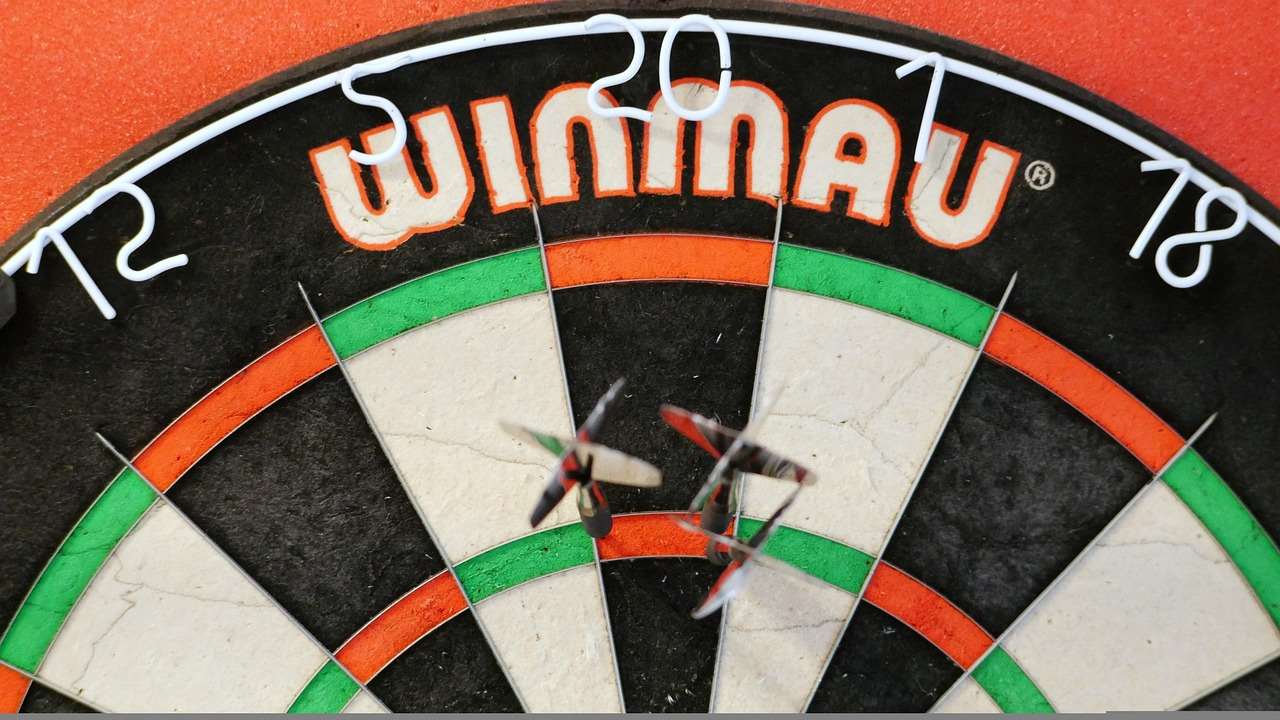
Establishing Clear Safety Rules
Before starting a game of 501 darts, establish some basic safety rules that all players must adhere to. This promotes responsible gameplay and minimizes the risk of accidents.
- No Throwing While Someone is Retrieving Darts: This is perhaps the most important rule. Never throw a dart while another player is retrieving their darts from the board. Wait until the player has completely stepped away from the board before throwing.
- Stay Behind the Throwing Line: All players must remain behind the oche when throwing. Stepping over the line can be dangerous and also provides an unfair advantage.
- Avoid Distractions: Minimize distractions during gameplay. Keep noise levels down and avoid sudden movements that could disrupt a player’s throw.
- Supervise Children: If children are present, even as spectators, provide constant supervision. Darts are sharp objects and should be handled with care. Consider Adapting dart game rules for children to make it safer.
- Respect Personal Space: Give players ample personal space when they are throwing. Avoid crowding around the board or making sudden movements that could startle them.
Safe Dart Handling Techniques
Knowing how to handle darts properly is another critical aspect of ensuring safety. This includes how to pick them up, throw them, and store them when not in use.
Picking Up Darts Safely
Even picking up a dart requires a bit of caution. Here’s the safe way to do it:
- Approach Carefully: Approach the dartboard cautiously and avoid sudden movements.
- Focus: Pay attention to where the darts are embedded in the board.
- Grip the Barrel: Grip the barrel of the dart firmly, away from the point.
- Pull Straight Out: Pull the dart straight out from the board to avoid bending or breaking the point.
- Avoid the Flight: Never grip the dart by the flight when pulling it out, as this can damage the flight.
Proper Throwing Technique
While throwing a dart might seem straightforward, improper technique can increase the risk of injury and inaccurate throws.
- Maintain Focus: Focus on the target before and during the throw.
- Controlled Motion: Use a smooth, controlled throwing motion. Avoid jerky movements or excessive force.
- Follow Through: Follow through with the throwing motion after releasing the dart. This helps maintain accuracy and reduces strain on the arm.
- Proper Stance: Adopt a stable and balanced stance. This provides a solid foundation for the throw and minimizes the risk of losing balance. Understanding Basic Darts Fundamentals for Beginners is crucial.
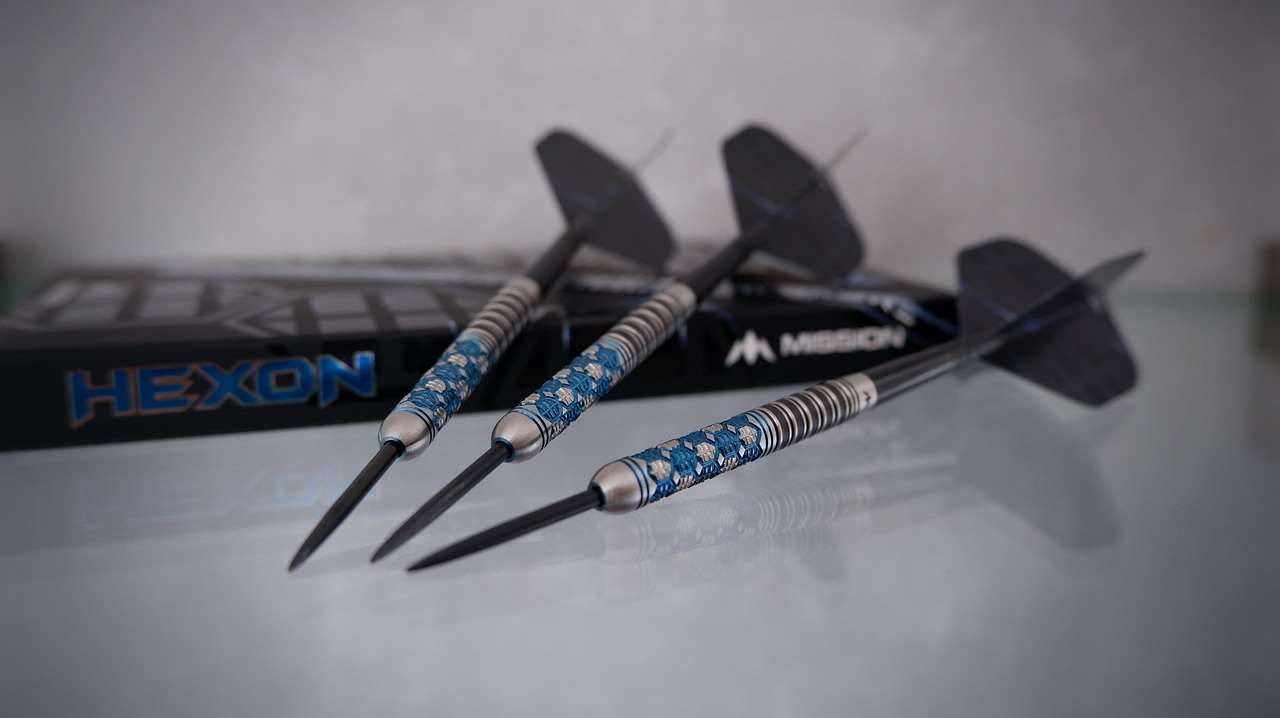
Storing Darts When Not in Use
Proper storage of darts is essential to prevent accidents when they are not being used.
- Dart Case: Store darts in a dedicated dart case when not in use. This protects the darts from damage and prevents accidental punctures.
- Out of Reach: Keep darts out of reach of children and pets.
- Point Protectors: Use point protectors to cover the sharp points of the darts when storing them. This prevents accidental injury and damage to other objects.
Understanding the Rules of 501 Darts
Knowing the rules of 501 darts not only enhances gameplay but also contributes to a safer environment. Clear understanding of the rules minimizes disputes and promotes fair play.
Basic Rules Overview
Here’s a quick recap of the key rules of 501 darts:
- Starting Score: Each player starts with a score of 501.
- Scoring: Players score points by hitting sections of the dartboard. The double and triple rings multiply the value of the section.
- Checkout: Players must finish the game by reaching exactly zero with a double or the bullseye (which counts as a double 25).
- Bust: If a player’s score goes below zero or reaches one, the throw is invalid and their score reverts to what it was at the start of that turn.
Remember, if you want a Simplified 501 game rules for novice players, you can adjust the checkout requirements.
Fair Play and Sportsmanship
Maintaining fair play and good sportsmanship is essential for a positive and safe darting experience. This includes:
- Honesty: Be honest about your scores and follow the rules accurately.
- Respect: Respect your opponents and their playing style.
- Courtesy: Be courteous and avoid disruptive behavior.
- Acceptance: Accept both wins and losses with grace and good humor.
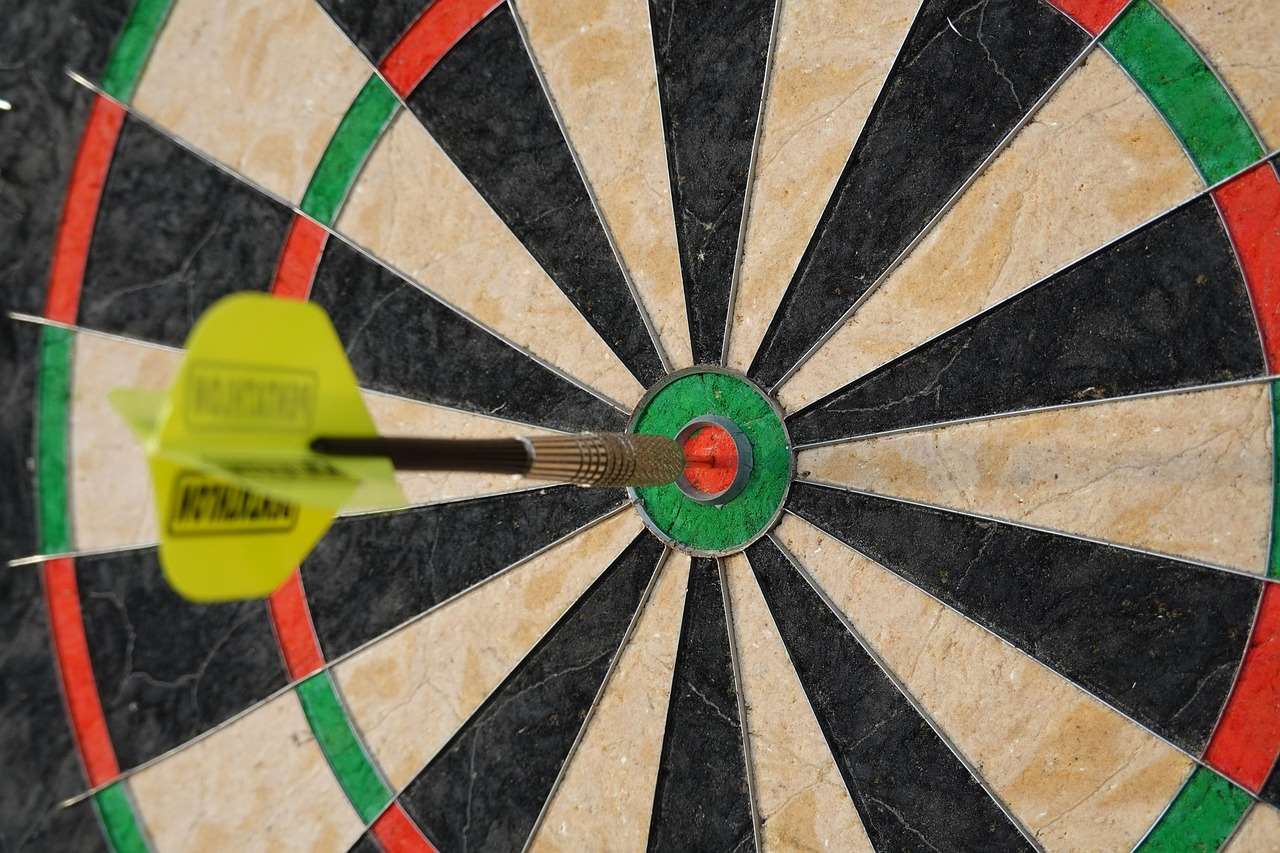
Common Hazards and How to Avoid Them
Even with precautions in place, accidents can still happen. Being aware of common hazards and knowing how to avoid them is crucial for preventing injuries.
Bounce-Outs and Deflections
Darts can sometimes bounce out of the board or deflect off the wires. This can be dangerous if players are not paying attention.
- Stand Clear: Stand clear of the board when others are throwing, especially if they are prone to bounce-outs.
- Protective Eyewear: Consider wearing protective eyewear, especially for players with poor eyesight or those who are particularly susceptible to bounce-outs.
- Quality Dartboard: Use a high-quality dartboard with a thin wire spider to minimize bounce-outs.
Sharp Points and Accidental Punctures
The sharp points of darts pose a risk of accidental punctures. Handle darts with care and take precautions to prevent injuries.
- Awareness: Be aware of the location of the dart points at all times.
- Avoid Contact: Avoid making contact with the points when handling the darts.
- First Aid: Keep a basic first-aid kit on hand in case of accidental punctures.
Slipping and Tripping
Slipping or tripping in the throwing area can lead to serious injuries.
- Clear Area: Keep the throwing area clear of obstacles.
- Non-Slip Surface: Ensure the floor surface is non-slip and free of hazards.
- Proper Footwear: Wear appropriate footwear with good traction.
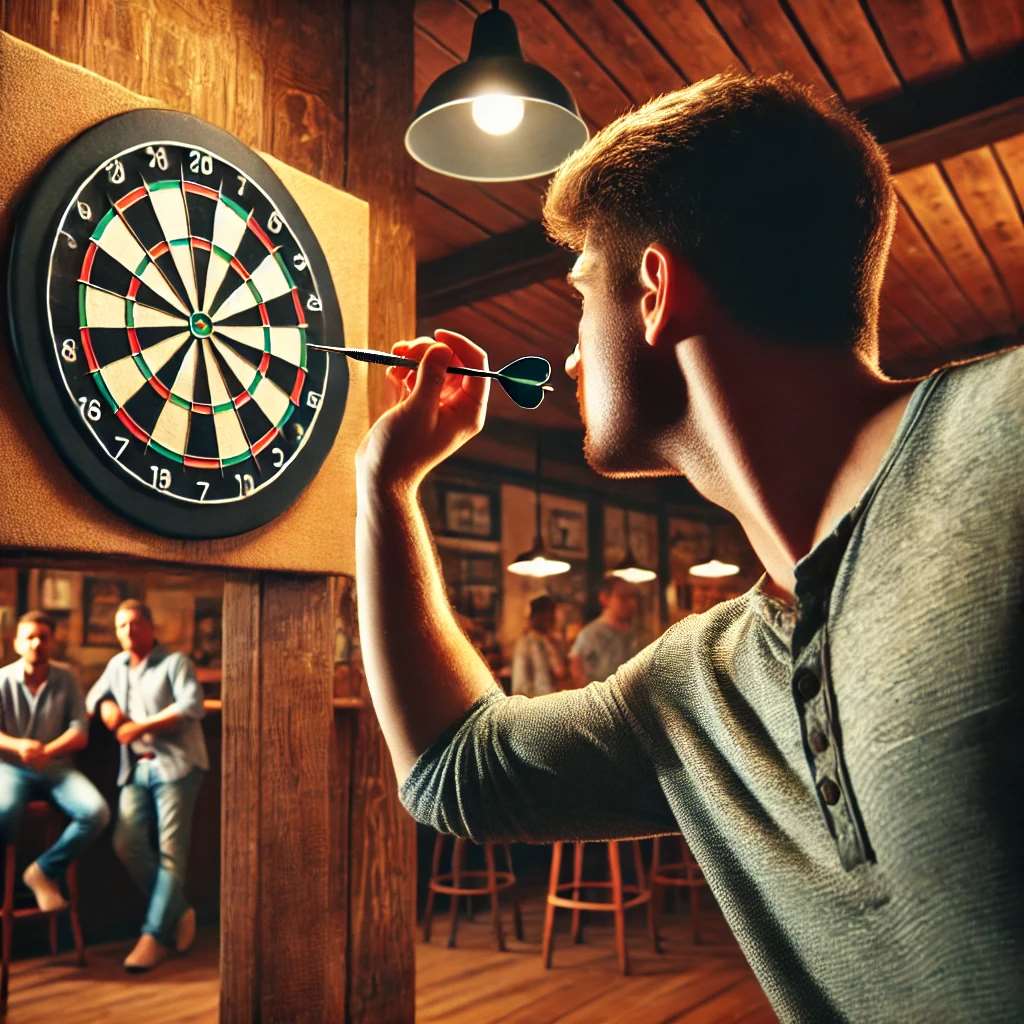
Maintaining Your Darts and Dartboard
Regular maintenance of your darts and dartboard not only improves performance but also contributes to a safer playing environment.
Dart Maintenance
- Sharpen Points: Keep the dart points sharp to ensure they stick properly in the board. Use a dart sharpener to maintain the points.
- Tighten Flights: Regularly check and tighten the dart flights to prevent them from falling out during throws.
- Clean Barrels: Clean the dart barrels regularly to remove dirt and grime. This improves grip and reduces the risk of slippage.
Dartboard Maintenance
- Rotate the Board: Rotate the dartboard regularly to distribute wear and tear evenly. This extends the life of the board and improves its performance.
- Clean the Board: Clean the dartboard regularly with a soft brush to remove dust and debris.
- Replace Worn Segments: Replace worn or damaged segments of the dartboard to maintain its integrity.
Advanced Safety Considerations
For more experienced players or those playing in competitive settings, there are some additional safety considerations to keep in mind.
Spectator Safety
If spectators are present, it’s important to ensure their safety as well.
- Designated Viewing Area: Provide a designated viewing area that is well away from the throwing area.
- Barriers: Use barriers or ropes to keep spectators at a safe distance from the board.
- Clear Communication: Communicate safety rules to spectators and ensure they understand the risks involved.
Intoxication and Darts
Playing darts while intoxicated can significantly increase the risk of accidents. Avoid playing darts if you are under the influence of alcohol or drugs.
- Impaired Judgment: Intoxication impairs judgment and coordination, increasing the likelihood of errant throws and accidents.
- Responsible Play: Promote responsible play and encourage players to avoid excessive alcohol consumption.
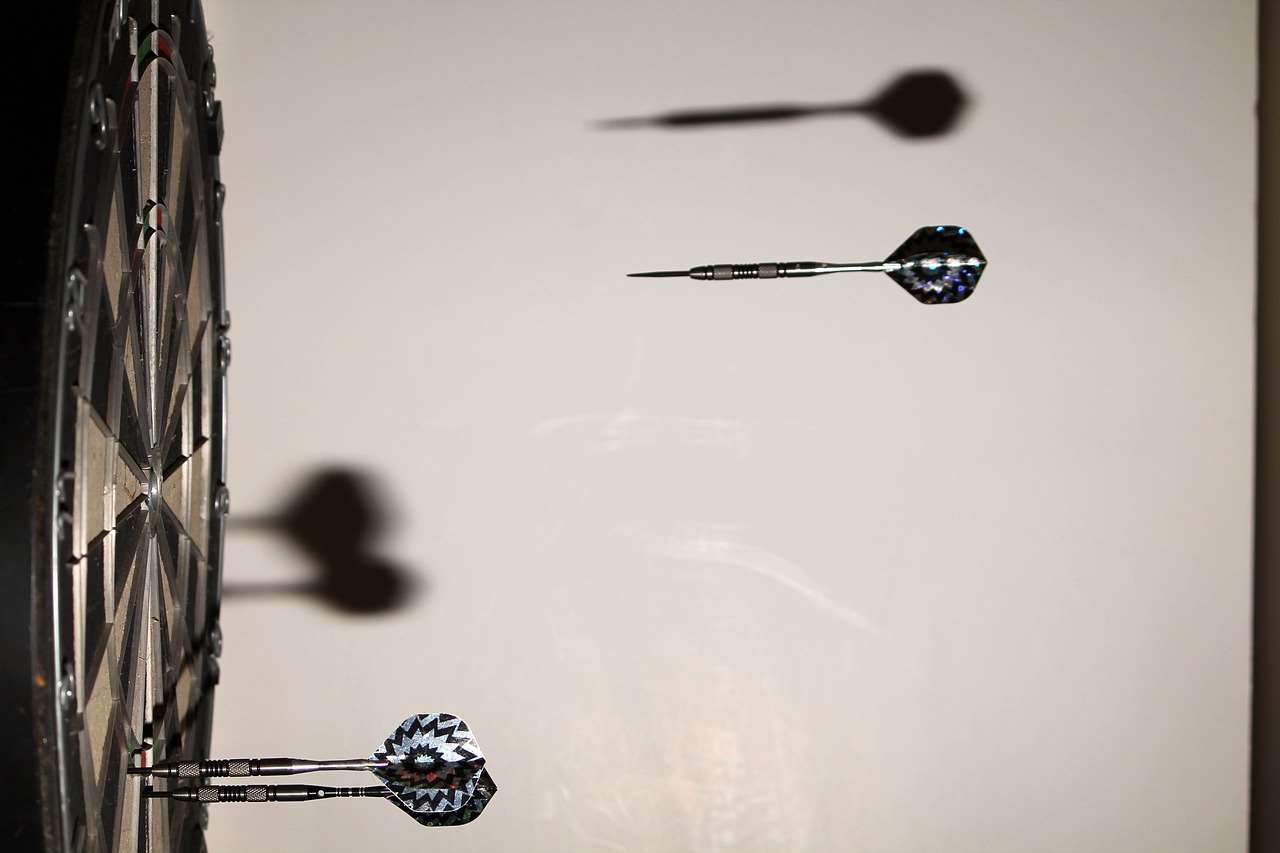
First Aid Preparedness
Even with the best precautions, accidents can still happen. Be prepared to administer first aid in case of an injury.
- First Aid Kit: Keep a well-stocked first-aid kit on hand.
- Knowledge: Familiarize yourself with basic first-aid procedures.
- Emergency Contacts: Keep a list of emergency contact numbers readily available.
Final Thoughts on Ensuring Safety When Playing 501 Darts
Prioritizing **basic safety tips when playing 501 darts** is not just about preventing accidents; it’s about creating a more enjoyable and inclusive environment for everyone. By following these guidelines, you can minimize the risk of injury and ensure that your darting sessions are safe, fun, and rewarding. Remember to establish clear rules, handle darts with care, and maintain your equipment regularly. Now that you know all about dart safety, why not explore Fun dart game variations with modified rules and implement these safety practices while you play? Enjoy the game, and stay safe!
Hi, I’m Dieter, and I created Dartcounter (Dartcounterapp.com). My motivation wasn’t being a darts expert – quite the opposite! When I first started playing, I loved the game but found keeping accurate scores and tracking stats difficult and distracting.
I figured I couldn’t be the only one struggling with this. So, I decided to build a solution: an easy-to-use application that everyone, no matter their experience level, could use to manage scoring effortlessly.
My goal for Dartcounter was simple: let the app handle the numbers – the scoring, the averages, the stats, even checkout suggestions – so players could focus purely on their throw and enjoying the game. It began as a way to solve my own beginner’s problem, and I’m thrilled it has grown into a helpful tool for the wider darts community.